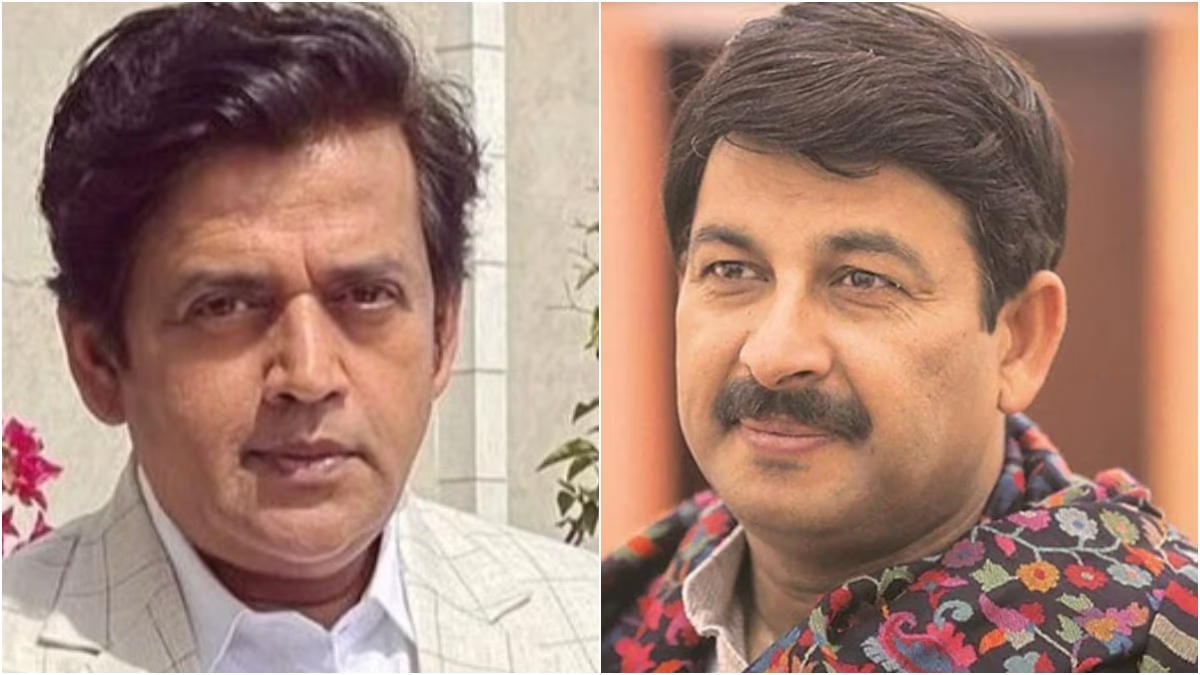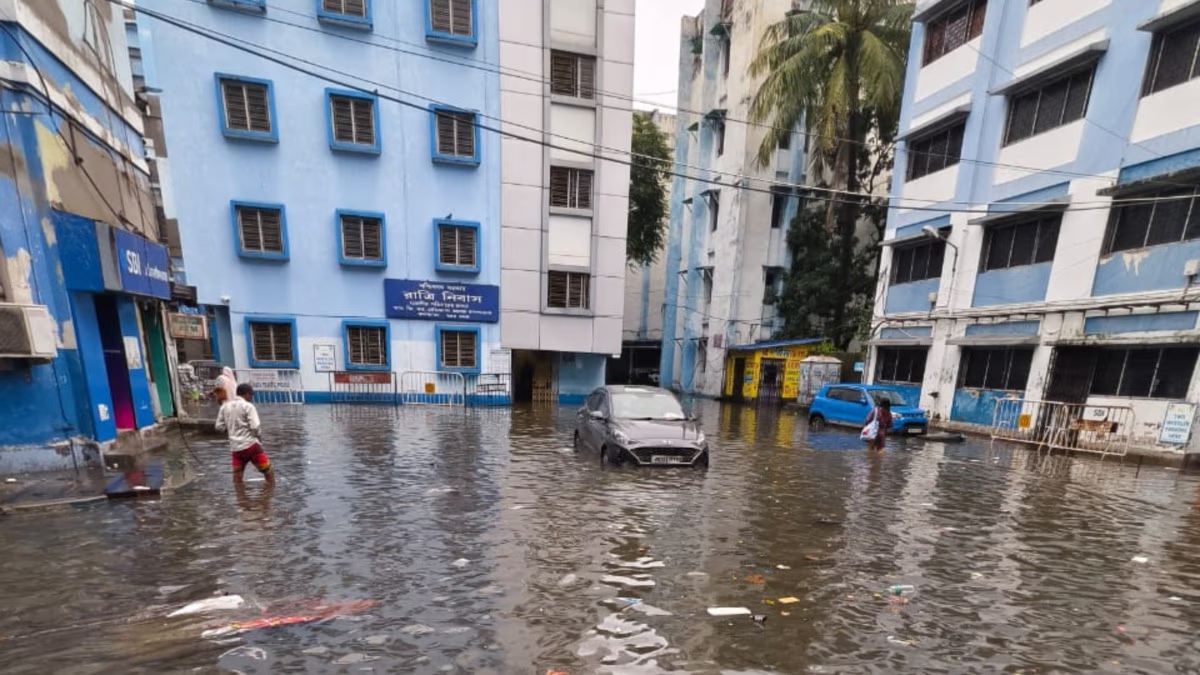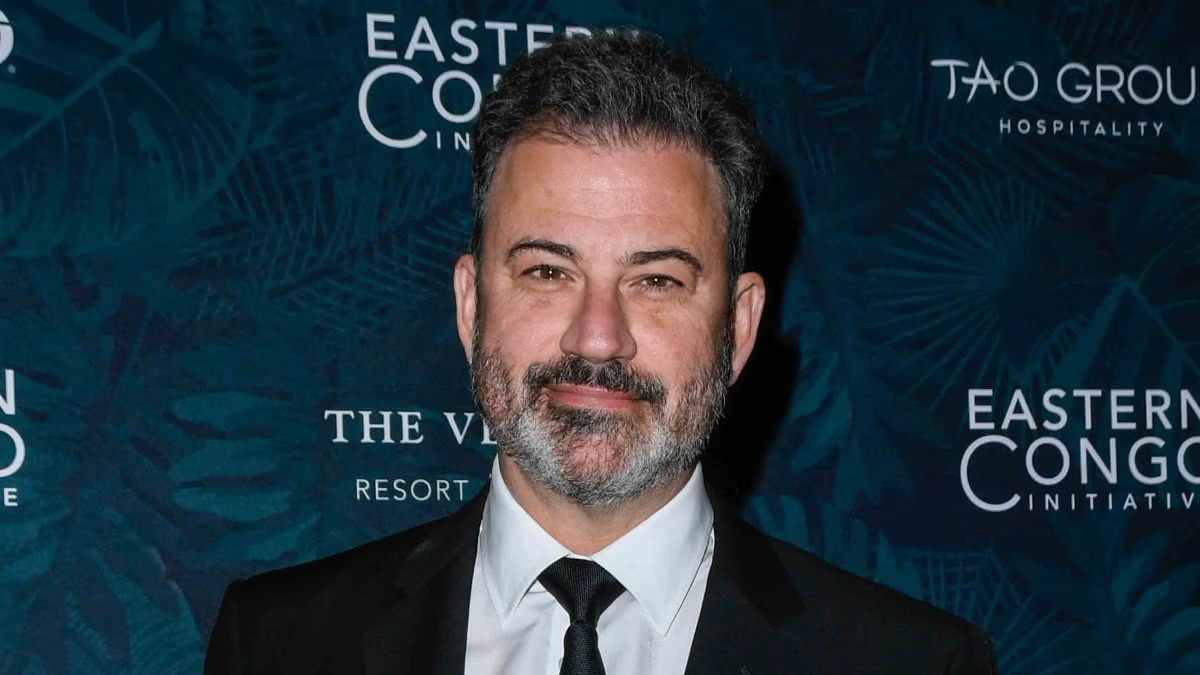The U.S. presidential elections are looming this November, and just ahead of them, the White House has announced that the Biden administration will allow undocumented residents to settle and apply for citizenship. This move could benefit over half a million immigrants. This potential leeway is referred to as the Parole-in-Place Green Card. Let's delve into what a Green Card is and why many Indians anxiously await it.
New Proposal Sparking Debate
Parole-in-Place provides a lawful framework allowing undocumented individuals and their families to live in the U.S. without fear. Meanwhile, they can also apply for permanent residency. It's worth noting that immigrants residing without documents are considered illegal, and no country generally accepts them.
The proposed scheme encompasses those who've resided in the U.S. for at least ten years post-marriage to an American citizen. Eligibility also extends to children with at least one American citizen parent. This humanitarian parole offers over half a million people temporary legality and the freedom to work. Concurrently, they can seek Green Card validation.
Promoting Family Unity
The Parole-in-Place is particularly beneficial for spouses of non-Americans. Without proper documentation, such couples often face long separations, impacting productivity. The new proposal aims to bridge these gaps.
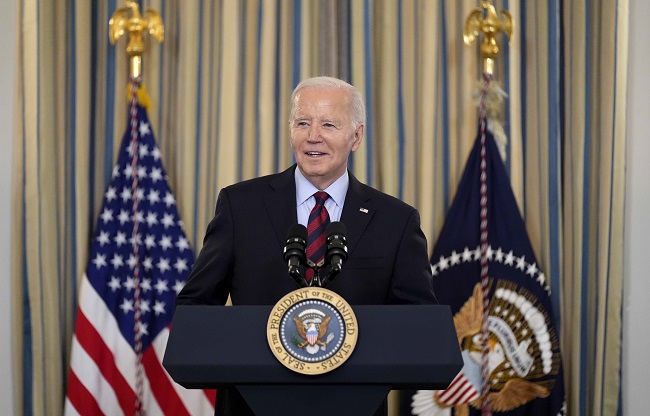
Source: aajtak
While some view Biden's proposal as a potential election stunt, Donald Trump, presidential contender, claims he will deport undocumented immigrants if elected. This tug-of-war between the administration and opposition clearly shows the high value of U.S. Green Cards for people worldwide, including India.
What Exactly Is a Green Card?
The U.S. Citizenship and Immigration Service issues an identification card allowing foreigners indefinite stay and work in America. This permanent visa enables entrants to move freely and pursue employment in the U.S. In contrast, temporary visas require periodic renewal applications and carry a risk of rejection.
Green Card Categories
- Family-based Green Cards are for American citizens' spouses, unmarried children under 21, and the citizens' parents. - Employment-based Green Cards come in various categories from professionals to investors responsible for creating jobs. - Refugees can apply for a Green Card one year after obtaining refugee status. - The Diversity Lottery system is for countries with lower rates of U.S. immigration to balance intake. - Victims of violence or human trafficking can also apply. U visas are for specific crime victims, while T visas cater to human trafficking victims. - Long-term residents are eligible too.
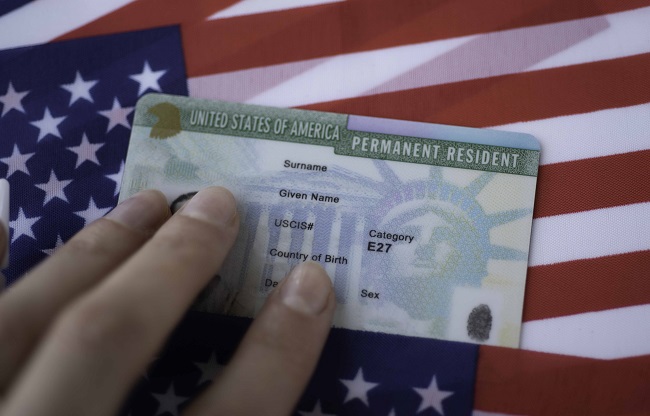
Source: aajtak
The Indian Green Card Q
The National Foundation for American Policy revealed that 1.2 million Indians are queued for permanent residency, specifically under employment categories. For family-sponsored Green Cards, a significant wait remains. The total number touches 3.6 million, inclusive of all nationalities aspiring for U.S. citizenship.
Longer Waiting Times for Indians
Many nations continuously submit Green Card applications. To maintain fairness, the U.S. established a per-country limit system. Due to the substantial number of applicants from India, the queue continues to extend.
Immigrant Footprint in the USA
Among U.S. immigrants, Indians rank fourth after Mexico, China, and other leading nations.

